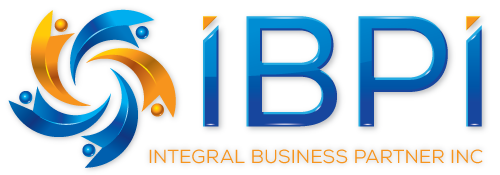In an ever-evolving business landscape, organizations constantly grapple with the challenge of how to best structure their teams to maximize efficiency and growth. An increasingly popular model is the ‘Teal Organization,’ a paradigm shift in organizational theory with considerable implications for recruiting and staffing.
The term ‘Teal Organization’ originates from Frederic Laloux’s influential book, “Reinventing Organizations.” In a teal model, traditional hierarchies are replaced by self-managing teams that evolve organically based on the needs of the project or the organization. Power is shared equally among team members, fostering a culture of mutual respect, collaboration, and adaptability. These traits have marked implications for recruitment and staffing.
Recruiting in a teal organization focuses less on individual roles and more on the potential fit within a team. As self-management is a core tenet of teal organizations, employees need to demonstrate adaptability, self-motivation, and a willingness to collaborate. Consequently, recruiting efforts need to account for this shift, placing a greater emphasis on soft skills and emotional intelligence during candidate evaluation.
In staffing, teal organizations eschew rigid role definitions and hierarchies. Instead, team members fluidly shift responsibilities according to their skills, interests, and the requirements of the task at hand. This dynamic approach to role assignment necessitates a more flexible approach to staffing. For instance, a candidate’s specific skills become less crucial than their potential to learn and adapt to changing circumstances.
Teal organizations also have a profound impact on employee retention. As members of self-managing teams, employees feel a greater sense of autonomy, involvement, and satisfaction, reducing turnover rates. Furthermore, the intrinsic focus on personal development and continuous learning in teal organizations aligns with the career aspirations of many modern employees, especially among younger generations.
The transition to a teal organization might be a challenge for businesses entrenched in traditional hierarchies. However, the potential benefits – increased flexibility, enhanced team collaboration, higher employee satisfaction, and reduced turnover rates – make this model an attractive proposition for the future of work.
In conclusion, teal organizations present a transformative approach to recruiting and staffing, placing emphasis on adaptability, collaboration, and self-management. By aligning recruitment and staffing processes with these principles, organizations can foster a work environment that is not only more responsive to change but also more conducive to employee satisfaction and engagement. As we navigate the future of work, teal organizations offer a promising blueprint for how businesses can thrive in an era of rapid change and disruption.

